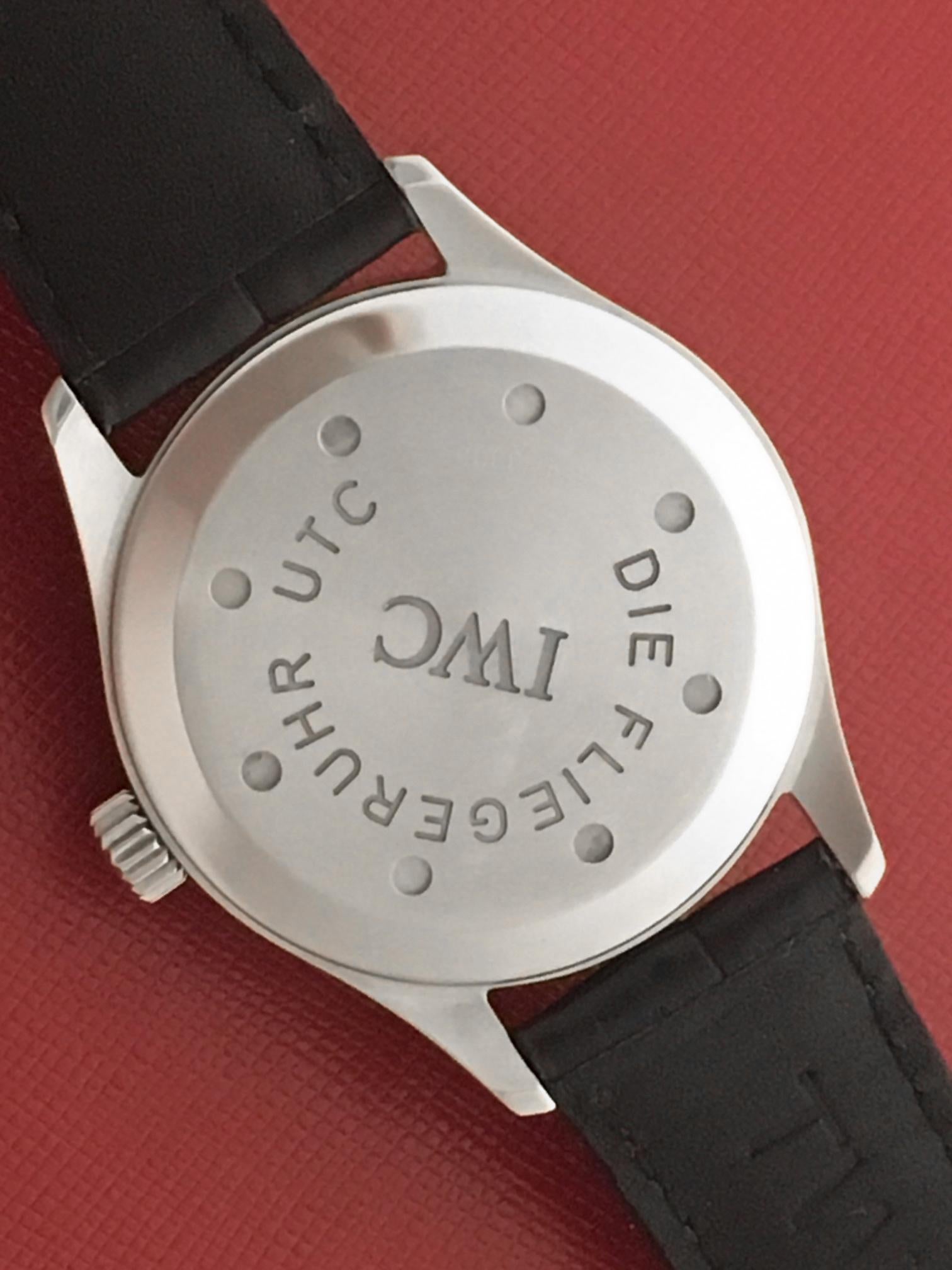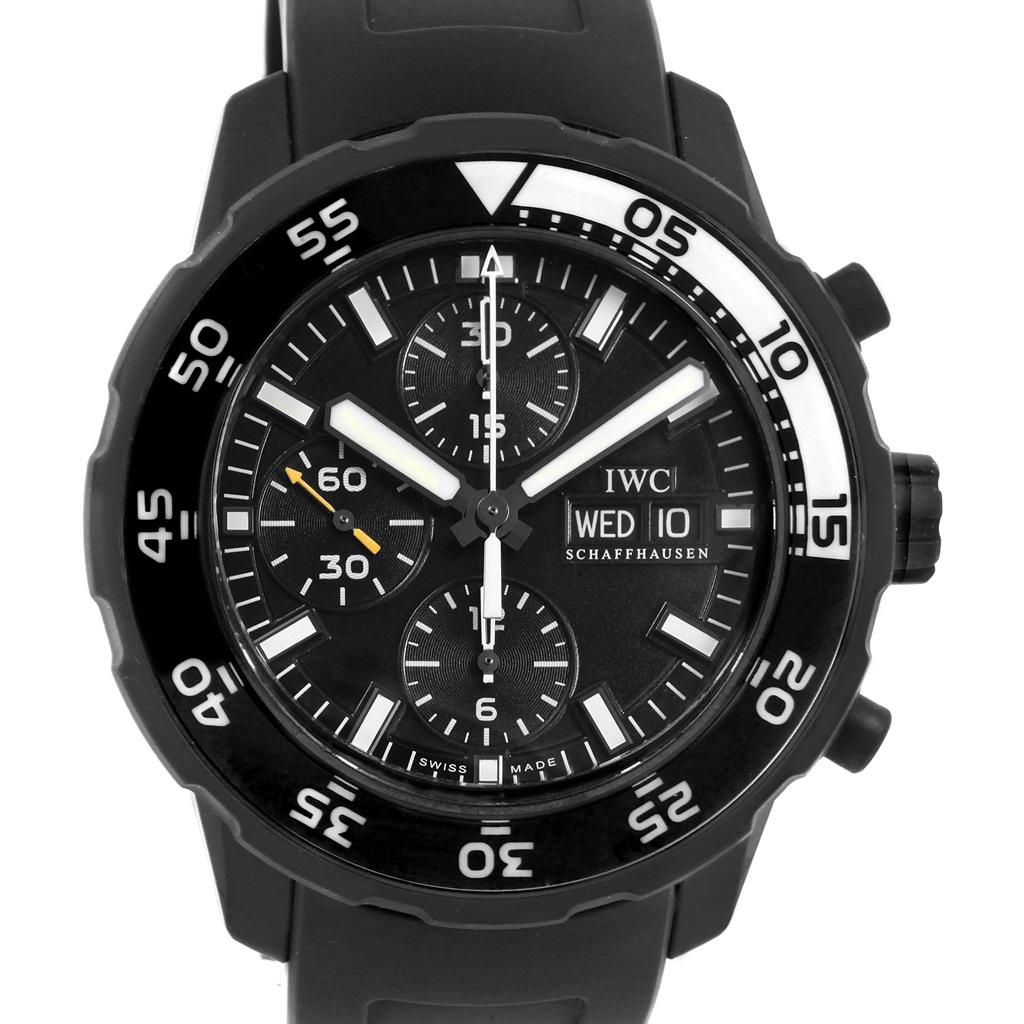
A time zone is a region on Earth, more or less bounded by lines of longitude, that has a uniform, legally mandated standard time, usually referred to as the local time. In many locations these offsets vary twice yearly due to daylight saving time transitions. Most time zones are exactly one hour apart, and by convention compute their local time as an offset from UTC or GMT. The terms “GMT” and “Greenwich Mean Time” are sometimes used informally to refer to UTC.Įarth is split up into a number of time zones. Because the rotational period of Earth is not perfectly constant, the duration of a second would vary if calibrated to a telescope-based standard like GMT or UT – in which a second was defined as a fraction of a day or year. Observations at the Greenwich Observatory itself ceased in 1954, though the location is still used as the basis for the coordinate system. Universal Time (UT) is the modern term for the international telescope-based system, adopted to replace “Greenwich Mean Time” in 1928 by the International Astronomical Union. Using telescopes instead of atomic clocks, GMT was calibrated to the mean solar time at the Royal Observatory, Greenwich in the UK. Greenwich Mean Time (GMT) is an older standard, adopted starting with British railroads in 1847. Since January 1, 1972, it has been defined to follow International Atomic Time (TAI) with an exact offset of an integer number of seconds, changing only when a leap second is added to keep clock time synchronized with the rotation of the Earth. This also creates a permanent daylight saving time effect.Ĭoordinated Universal Time (UTC) is the basis for modern civil time.

Many land time zones are skewed toward the west of the corresponding nautical time zones. Some higher latitude countries use daylight saving time for part of the year, typically by changing clocks by an hour. Venezuela is -4 1/2, the Canadian island of Newfoundland is -3½ hours from UTC, some smaller islands in French Polynesia are -9½, while the Pitcairn Islands are -8½. Note that India is +5½ from UTC, while Myanmar (Burma) is +6½, Iran is +4½, Iraq is +3½, Nepal is +5¾ and Central Australia is +9½. Most of the time zones on land are offset from Coordinated Universal Time (UTC) by a whole number of hours (UTC−12 to UTC+14), but some governments make local time zones decisions that deviate from the norm. Time zones tend to follow the boundaries of countries and their subdivisions because it is convenient for areas in close commercial or other communication to keep the same time. Most of the time zones on land are offset from Coordinated Universal Time ( UTC) by a whole number of hours, but a few are offset by 30 or 45 minutes.A time zone is a region that observes a uniform standard time for legal, commercial, and social purposes. There are 39 time zones dividing the Earth into different times, each with its own name, like the North American Eastern Time Zone.



Time zones are regions on Earth that have a uniform standard time. The abbreviation UTC for Coordinated Universal Time is a compromise between the English "CUT" ("coordinated universal time") and the French "TUC" ("temps universel coordonné"). UTC uses the 24-hour clock and there is no 'AM' or 'PM'. If the time is 09:00 UTC, the local time is 04:00 in New York (UTC -5). The same time can hence be used by people all over the world and time zones are named by how many hours they are different from UTC time.įor example, UTC -5 (United States east coast) is 5 hours behind UTC. UTC is almost the same than the previous standard, the Greenwich Mean Time (GMT). Coordinated Universal Time ( UTC) is the standard time zone of the world.


 0 kommentar(er)
0 kommentar(er)
